If you’ve read any of my past posts, then you’ve read me drone on about buying “quality keys” versus “junk keys”, and yet I’ve avoided trying to define what I meant by “quality”. Many of you probably rolled your eyes and just assumed I was referring to the big Silver Age keys, and for the most part, you would be correct. Problem is, I’m unable to establish a universal golden rule(s) that can logically be applied to all books across the board. After all, a big part of collecting is emotional and people what they want. However, I thought I’d at least try to flesh out some of the attributes, knowing full well that there will be lots of exceptions to whatever metric I arrive at.
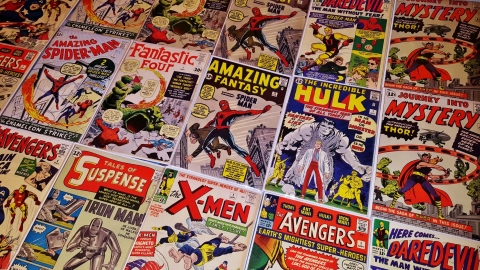
But first, let me explain my affinity toward the Silver Age. Simply put, these books are old enough to be considered rare, but also new enough that the senior generation of collectors will still have a strong attachment to these books… and ultimately, collecting is about what you feel connected to. As well, the Silver Age is where the shared universe began. My belief is that the shared universe is a very strong motivation for collecting because it enriches the already existing world of our favourite characters. Both the Fantastic Four and Spider-Man were instant hits when they first appeared. They catered to different aspects of our sensibilities and we were able to enjoy both their adventures accordingly. But to see them teamed up from time to time was an added thrill. To see how they would interact, to see how one title could affect the other and to be able to follow along was part of the fun. Even better was when characters with opposite powers like the Human Torch versus the Sub-Mariner, or similar strengths like the Thing battling the Hulk responded to our childhood curiosity… Who was stronger, who could jump higher and who would win? All this helps to build out and connect these imaginary worlds, providing depth and detail within a time frame that we can follow by way of collecting.
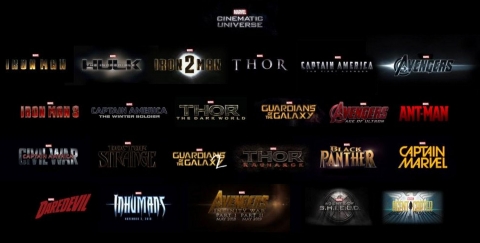
Evidence of this can be seen within the current trend of movies. It was pretty awesome for us long time comic book readers to see some of our favourite characters like Iron Man, Captain America and Thor featured in their own respective movies. Ant-Man in particular was pretty… “astonishing” to me, being a “B” list character. It’s something I never thought I’d see in my lifetime. And to see them all together in one film took this thrill to the next level. Yes, we’ve had plenty of sequels and trilogies in film. We even had an Aliens vs Predator back in 2004, the Jetsons Meet the Flintstones in 1987 and stuff like Abbott and Costello meet Frankenstein way back in 1948. As well, many hit TV series’ also shared the same universe such as Friends, Mad About You and Seinfeld. Kramer even went cross network once appearing on Murphy Brown. Remember Laverne & Shirley, Mork & Mindy and Happy Days? So crossovers and the shared universe is nothing new but it has always been a treat for the viewing audience, suggesting that there is a market for a richer fictional world. Marvel movies has leveraged this appeal and fleshed out their universe like nothing prior, with DC and Fox following suit and Sony about to jump into the fray with their Valiant properties. While this may make sense for comic book franchises, Hasbro is also planning to launch a shared cinematic universe through their toy line and there have been talks about how Blade Runner and Aliens occupy the same universe, using replicants and androids for this basis. All this helps to provide the infrastructure and depth which fans can follow, and such was the case with the onset of the Silver Age in comics.
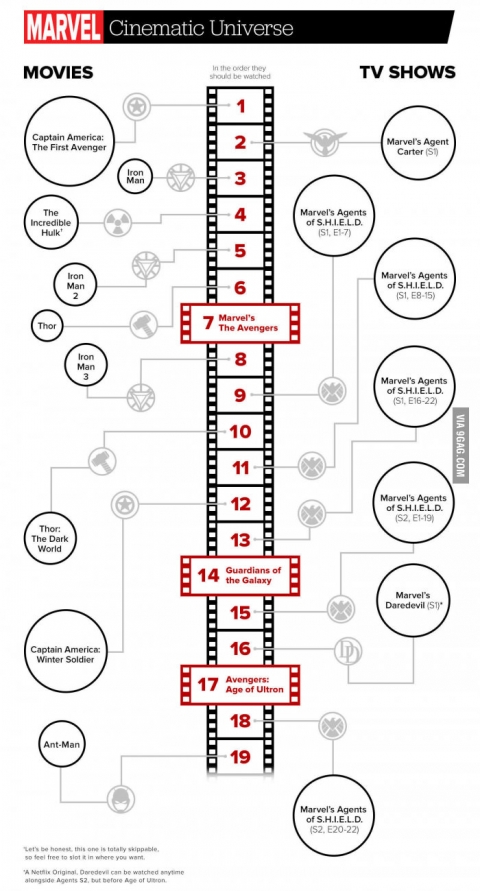
Before we carry on, I also want to mention that there are lots of great stories out there, as well as great art, great ideas and concepts, and lots of amazingly talented people. As I always say, buy and collect what you like. However, if you’re consciously investing in comics, it’s also important to consider what the market likes. As such, my attempt to differentiate between “quality” and “junk” is purely from an investment point of view. “Quality” referring to books that are likely to appreciate in value over time, and “junk” referring to books that may actually depreciate or simply remain flat. There is an aspect to reading tea leaves with this exercise and things also have a way of changing. However, we can only make decisions based on what we know today. So, while I do agree that speculating is essentially guessing what the future holds, it’s important to identify and acknowledge larger trends so that the guesses we are making is informed. In other words, “emotion” is not part of this exercise.
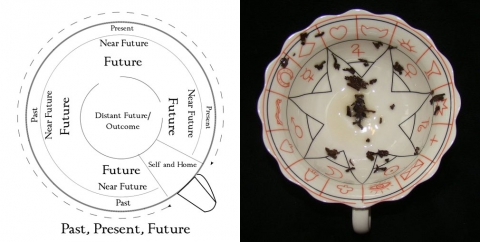
Let’s begin with quantifiable attributes:
First Appearance – Currently, there is no greater importance than the birth of a character. A book that features the first appearance is highly collectible, making it more desirable than all the subsequent appearances that follow. The first appearance is “key” and is the main ingredient when determining quality.
Cameo or Full – Yes to both. While the first full appearance is typically the bigger book, the cameo or brief appearance is also highly collectible. However, despite exceptions like Darkseid, Alpha Flight or Bishop, where the cameo appearance is more valued (we’ll touch on this further in part 2), given the choice, I would still prefer to own the first full appearance over the brief appearance whenever possible, depending on how the other attributes factor in.
Second, Third or Fourth – Yes… but in many cases NO. While early appearances are important, there is less love for these subsequent books. Should it be this way? Will the market ever wake up to these books? Can or will things change? Maybe, possibly and I just don’t know. But what I do know is that these books are notable, so you can use the early second or third appearance as a selling point. I would not chase fourth or fifth appearances and I would not expect to receive a premium for any of these subsequent issues. The trick here is to pick these up cheap so that you can eventually flip them at market value. I feel mixed about these books and I would consider these to be investable only if they are coupled with one or more of the other attributes we’ll discuss, such as age, popularity, rarity and/or condition.
First or Second Print – I’ve been meaning to do a separate write up on this subject but the history and the actual definitions are deep and complicated. New variant covers, reprints, reissues and corrections have further complicated what constitutes a second print. Print technology and craftsmanship has come a long way so quality of print is practically a non issue these days. There are second or subsequent prints that are worth more than their first print counterparts, but this is more of a modern era dilemma. I don’t consider these books to be investable due to their volatility so I would simply stick with first prints and stay away from all the others.
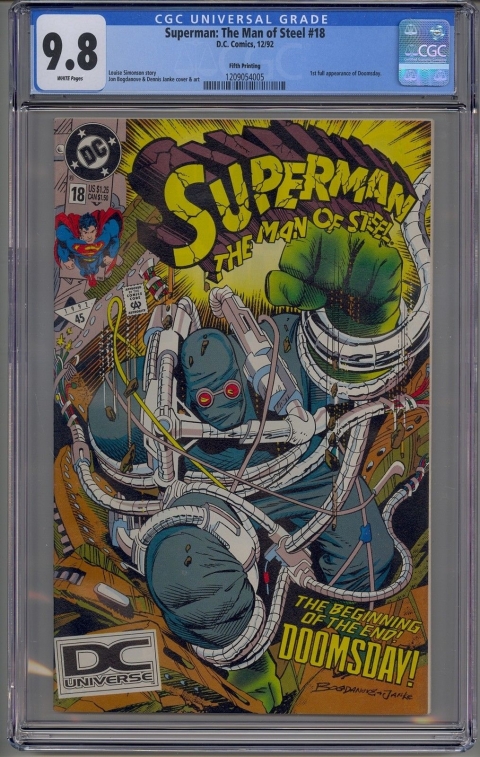
This next set of attributes are difficult to measure. However, in many case they are just as important as anything else already mentioned. There is no reference here so experience, research and awareness are your best friends:
Popularity – While it’s true that tertiary characters may someday become important, and there are lots of examples of this, what we want to invest in are characters that have mass appeal. Simply because mass appeal equates to wide demand. We are looking for recognizable characters who are likeable, relatable and somewhat established, which all translates to relevance and greater staying power. Don’t concern yourselves with who or what will be hot in the next 10 or 20 years because there’s no way of knowing. I understand that riches are made on the stock market by getting in on the ground floor of a company like Microsoft, but this is largely based on the business model, efficiencies and consumer needs. The popularity of a character is mostly about taste and preference.
Rarity – Rare is a term that gets tossed around a lot on eBay but rarity is relative. Just because something is rare does not make it valuable or desirable. You have to put it into context and size it up against actual interest. Also, the CGC census and various anecdotal reports gives us a glimpse into how rare a book might be but there’s really no way of knowing exact numbers. This is a moot exercise so I wouldn’t spend too much time on trying to figure this out and focus more on trying to determine demand and interest for a particular book.
Age – There’s no doubt that old stuff is interesting to many collectors. The lettering, the paper, the way in which something has been put together is a record of our history. There is also a correlation with old stuff being rare which makes old stuff appear even more desirable. However, when it comes to comic book investing, I would not buy, but rather start selling all those old Victorian, Platinum and most Golden Age material. Old stuff can be difficult to handle and care for, but more importantly, every year there are less and less people around who have an appreciation for this material. At some point, value does peak as demand begins to taper off. Having said that, there are many Golden Age books still worth investing in due to their “key” status, but these tend to be very expensive and there is a limit to what the average collector can afford. Still, older books of established characters remain better investments than most modern books, so instead, I would take a closer look at the Silver Age as the sweet spot in terms of age, rarity, affordability and demand.
History – History is a little tricky since it also encompasses popularity, rarity and age. By contrast, today’s youth have no association with their parents cultural material. Much has changed, and well established characters such as Mickey Mouse, Johnny Quest and the Lone Ranger are unable to compete with the likes of Spongebob, the Power Puff Girls or the Power Rangers. Many attempts have been made to revitalize past franchises such as the Phantom and the Green Hornet to no avail. However, within this landscape, characters such as Batman and Spider-Man remain strong. The fact that they have been able to stay relevant for so long says something about their longevity. Something about their formula works and it’s worth considering when making an investment decision. Between these extreme examples there is everything else.
Condition – Buy the best you can afford. Why? Because most comics are not rare. They’re only rare in high grades. In some areas of collecting, like certain antique items, unique flaws are valued since they reflect our anthropological history. This is not the case with comics. Comics are so abundant, only the books closest to perfection are desired. There is more tolerance for older books so here you can focus on lower grades that present well. But for modern books, focus your attention on only high grade specimens.
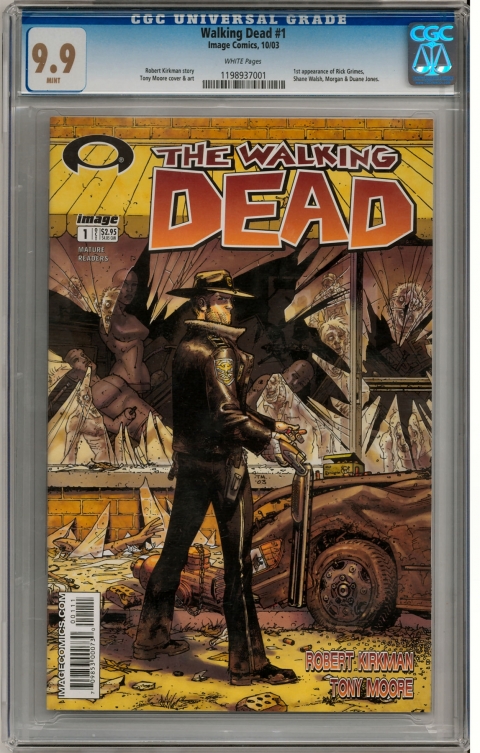
Only a small handful of books will actually meet all the above criteria. Essentially, we are talking about foundational characters. However, even if a book is missing one or two of the above attributes, it may still be a worthwhile investment. Books such as Hulk #181 and New Mutants #98 are neither old, nor rare but the popularity of Wolverine and Deadpool has been enough to prop up their respective first appearances. But, for those who may not have access to these types of “quality” books, there is more to consider:
Death and Events – Death issues use to be more meaningful but pretty much every character that’s been killed has been brought back to life. As well, there are costume changes, first origins, epic battles, first crossovers, meetings and team-ups… and the first time readers learned of things like Wolverine’s real name or how Nick Fury’s lost his one eye. All of these things can be considered important, thus collectible, but I wouldn’t put too much stock into these events in and of itself. These are value added items which help to enhance the overall appeal of a book, but only if the book already holds several of the other attributes.
Numbers and Anniversaries – Numbering has become meaningless these days, but I also can’t deny that there are many collectors out there who pick out certain numbered issues. Talk to any comic shop owner and he’ll tell you that he orders more copies of #1 than he does #9 or #12. As well, try digging for those round numbered issues such as #50, #100 or #200. While you’re there, try looking for those anniversary issues or the 200th appearance of a popular character. These books are almost always priced at a premium or you simply can’t find them. Often double sized, celebratory with guest characters or artist, these books are worth scooping up. There is a whole psychological side to naming and numbering which is why companies such as Apple has been milking the marketing of their operating system for over 15 years now, aptly named OSX. The car industry knows this very well with names like the Ford F-150, the Lexus GS 200t or the Nissan 300ZX. Movies, shoes, electronics… corporations pump millions each year into naming their product or service and there is a reason for this. People are wired to think in milestones and I doubt this will change any time soon. Where comics are concerned, I’m not suggesting that names and numbers are worth your investment dollars, but again, these are value added items.
Creators – There was a time in comic history when books by Neal Adams, John Byrne, Jim Starlin, Frank Miller and the boys from the Studio all commanded a premium. Things have changed over the years and name recognition is no longer a viable basis for investing. This old CBC news clip references the art as being an important consideration when investing in comics back in the day but those days are long gone. What I find interesting about this news clip is, why does that one guy have his shirt off?We can stop right here, and this list of factors or attributes would be enough to identify what I mean by “quality keys”. If a book holds most of these attributes I would feel confident about its investability. As you can see, there is a lot to consider even without the emotional influence, which no doubt will also be a factor. None of us are completely emotionless but it’s this chemistry, this struggle between EQ and IQ that makes the marketplace so interesting. There is more to this discussion and in part 2, we’ll explore some common themes or elements of “quality” books in order to identify potentially undervalued or overlooked books.




Good, straightforward article, Charlie that puts things into perspective for a senior citizen collector who has recently stepped back into the comic universe again. Is there such a thing as an “Investment Broker” or “Comic Book Financial Planner”? I suppose you’d want a diverse portfolio for the safest return quality condition keys fit the bill. Is investing in comics outside the world we used to call “comic fandom” or is it part of it.
It does appear that investing in comics is a sort of narrow banded left-brain activity aimed at getting the best return on the original investment as the exclusive goal of the activity. It is what makes the greater part of the world go ‘round and may even make America great again. I know my own research into and sharing of information about WECA comics seems to have had the rise of desirability and of the subsequent value of these books as a by product, but that certainly wasn’t the aim of that work and output. However, it was a pleasant and probably welcome result in a way. Us old codgers and relics do, I hope understandably, lament the situation.
The column was well done and backed up strongly, Charlie and I benefited from reading it. The corollary column that this now demands is “when to cash in.”
Excellent article Charlie!What are your thoughts on the future of Silver Age Keys with varying degrees of restoration , in relation to demand and availability considerations?
Charlie – Do you have any thoughts on TV or movies damaging the value of comic titles and their keys. Two that come to mind are Howard the Duck and Fantastic Four. Although it seems that the closing credits brief appearance of Howard the Duck in Guardians if the Galaxy gave that property a shot in the arm. What are your thoughts?
Thanks Ivan. I never met or heard of anyone who would provided investment advice around comics in an official capacity but I’m sure there are many experienced folks out thee who could help. I did meet a comic “broker” years ago. He was more of a buyer, buying books on his clients behalf. Big money has definitely caught the attention of the greater audience, but essentially, comic investing remains a specialized hobby, a subset of fandom, which is why it’s important to buy the right books. Generally, hard core collectors don’t like to sell, which is a problem but I’ll discuss further in a future write up.
Thanks Dennis. I have bought restored books and resold them as is, or I had the restoration removed. There are people out there who don’t mind restoration and see it as having better value. But the comic market is already kind of small, the comic investment market even smaller, and people who appreciate restored books smaller still. Purely from investment perspective, I prefer to focus on popular material to maximum appreciation, and have it sell a lot easier down the road. Purple labels are good but only if you can pick them up at a very deep discount.
Hi Peter. I wouldn’t say that TV or movies have damaged comic values, but they’ve definitely contributed to the buildup of another spec market, which make things tricky for less experienced buyers. In the past, I’ve compared comic investing to a game of “hot potato” and you don’t want to be the last one holding that over hyped book after the hype has died down. In part 2 of this write up, I talk about quality books holding their value independent of TV or movies. While it’s true that movies can help influence or shape perception, its difficult to know which books will hold their value after a movie has come and gone.
Thanks for your comments gents. I’m off to pick up my Wednesday comics ^_^
Lots of really solid information in this article so concisely written. Would take hours to scour the internet to get half of it. When people ask me about comic collecting from now on I’m just going to link them here. I don’t really collect too many graded books these days as I’m kind of out of collecting for speculation and only collect for personal enjoyment and reading now. Pretty much all of these principles still apply. I wonder if there will still be high demand for keys in later Ages to come. I know Batman Adventures #12 is a newer key that has drawn a lot of interest and high prices, as well as first appearance Deadpool. Would a new/younger collector be better off spending their snow shoveling and grass cutting money on first appearance Cable? Will newer keys ever have the same prestige as a first appearance Wolverine or first appearance Blade? I get asked by younger collectors a lot but they either don’t have the money for Silver and Bronze keys or just aren’t as interested in those characters.
Mahalo Robert. I think every era has their keys but it’s difficult to identify the current ones because they’re so new. Time will reveal which books the market falls in love with… but there are clues. I think kids should stay out of investing for now and simply enjoy comics for what they are. Once they’re more capable of comprehending the big picture and mature enough to negotiate buy/sell deals without being taken advantage of by questionable dealers, as well as have a steady flow of income… then they can start thinking about flipping books.
Don’t all Canadians shop for comics shirtless?